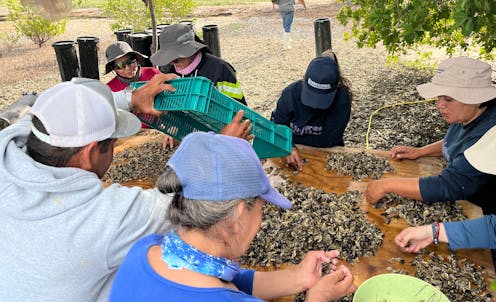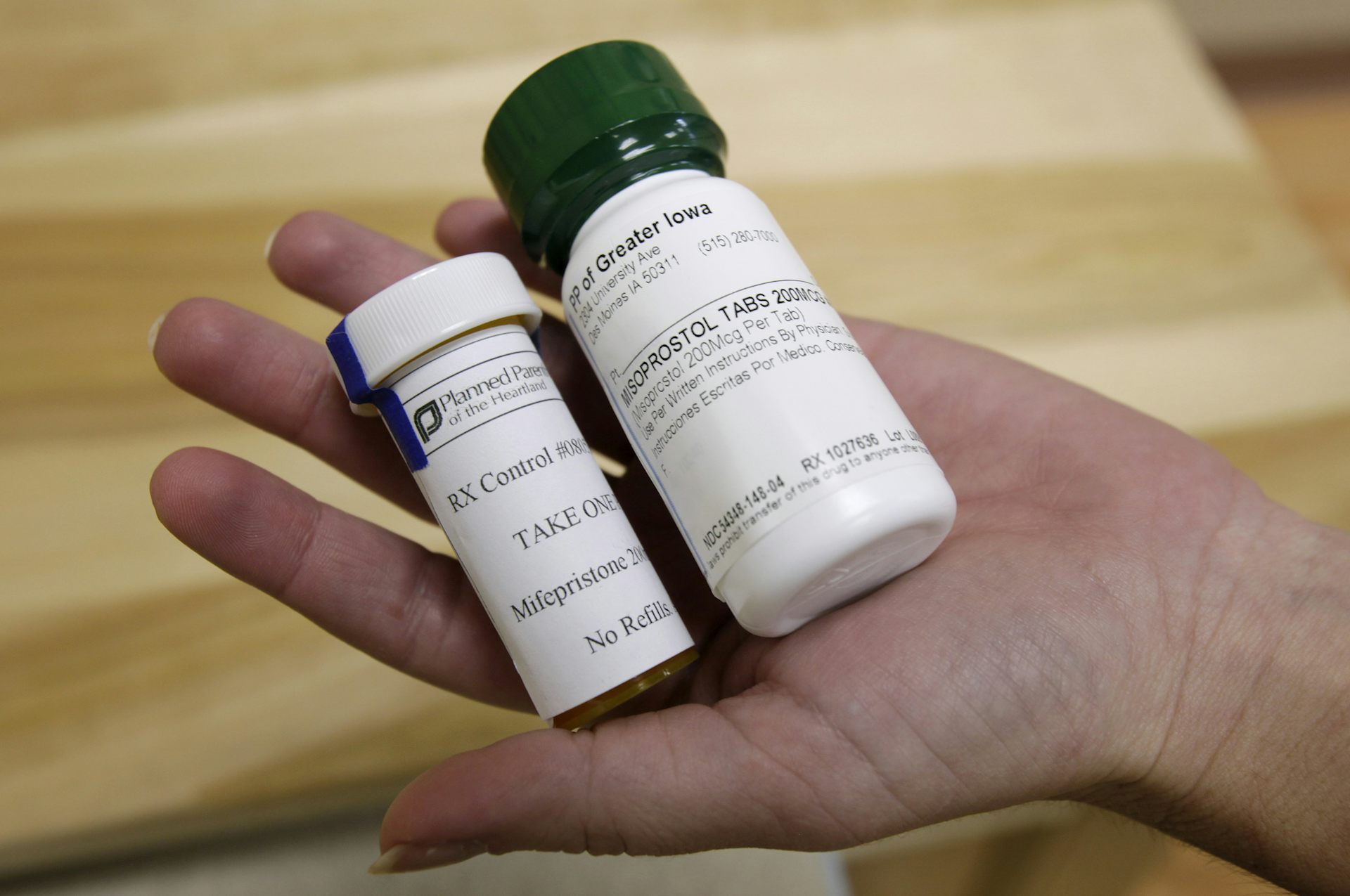Why donors should ask local communities what matters to them while deciding what success looks like
What’s missing in most donor evaluations is a participatory approach to measurement and evaluation that asks local communities what matters to them and then adapts evaluation frameworks accordingly.

Have you ever asked a teacher whether something will be on an upcoming test to decide whether to closely pay attention to a particular lesson? Taken the long way back from a lunch break to get enough exercise to meet a goal monitored by a fitness app? Logged on to a virtual meeting to be seen showing up, even as you worked on other tasks?
It’s human nature to adapt your behavior to meet evaluation criteria – even when meeting those targets comes at the expense of attaining more meaningful goals. Most donors, whether they are governments providing foreign aid, foundations making grants or individual people who give nonprofits money, expect or demand reports on what was accomplished with their funding. And what is measured for that purpose and how it’s measured tend to shape entire programs – often missing the mark on what truly matters to the communities involved.
While spending years conducting fieldwork everywhere from Colombia to the Kenya-Uganda border as a political anthropologist and a political scientist, we’ve witnessed firsthand the absurdities of the bureaucratic hoops people must jump through to access vital aid. We’ve watched both genuine efforts to abide by the guidelines donors set and the cynical exploitation of them. We have also spent years engaged in international development efforts, both with and through nonprofits that sought to resolve some of the world’s most intractable problems.
There’s a glaring and crucial question we’ve rarely heard asked when projects are being designed: What does success look like to the people meant to benefit from development funding?
Promoting environmental sustainability
We conducted an exploratory field study in La Reforma, a small coastal town located in the Mexican state of Sinaloa.
We focused on the Leonor Cuadras Oyster Aquaculture Cooperative, a locally led initiative supported by the seafood company Marine Edén and SUCEDE, a Mexican nongovernmental organization that’s dedicated to promoting individual, social and environmental well-being in La Reforma and other nearby communities.
This particular project sought to create jobs for women in La Reforma, while promoting environmental sustainability through oyster farming. The cooperative’s objectives included empowering women, fostering collective work and contributing to local environmental restoration by improving water quality through oyster filtration. Traditional metrics for projects like this would tally labor hours, harvest size and jobs created – all important but incomplete insights into the whole story.
Our study was unusual because it was designed as an exploratory effort to help shape future metrics in a participatory manner. We sought to understand the cooperative’s internal dynamics and challenges so we could create metrics that reflected what the cooperative members wanted and needed.
After several weeks of fieldwork, multiple focus group discussions and eight interviews with people involved in the cooperative in the last quarter of 2023, we found that success is not solely defined by the number of oysters they produce or the dollar signs next to their names in a report submitted to donors.
In their view, success is framed around dignity, gender equity and the well-being of their families and the environment. We also learned that their work together had increased a sense of collective commitment to the project and each other.
Measuring success in terms that make sense to locals
Most donors love numbers. They want to know how many people attended an event, how much money was spent, how many widgets were produced. But while such outcomes are easily measurable, they are not always meaningful.
In La Reforma, the women who belong to the Leonor Cuadras cooperative told us that they define success differently. Their primary goal isn’t just to grow oysters. They see their co-op as a tool for social transformation, not just a source of income.
One woman we’ll call Aurelia to protect her anonymity proudly shared that working with the cooperative has proved that “we can do things on par with men.”
Julia, another cooperative member, put it this way: “We are not just working for ourselves – we are working for the future of our families and our community.”
This version of success includes improving their family’s prospects and safeguarding their marine environment for future generations. As the oysters they grow naturally filter and clean the bay’s waters, so too does their collaborative work improve the social fabric of this violence-affected community in ways that won’t show up on a balance sheet.
Finding participatory approaches
When donors impose their own frameworks and set their own goals for the projects they fund, they usually miss what truly defines success for local communities. In La Reforma, the women are acquiring technical skills related to oyster farming, but they seem to see more value in the empowerment that comes with leading a project that reflects their realities and needs.
If the cooperative’s donors had chosen to focus on traditional production metrics, such as the number of participants, the scale of the harvest and the hours of labor involved, they would have surely overlooked the deeper social shifts, such as women’s leadership in a male-dominated profession or a greater commitment to collective well-being.
What if, instead of dictating outcomes from the start, donors worked collaboratively with communities to define success? The cooperative’s members want independence. They hope that someday they will run their own oyster farms or support other aquaculture initiatives. These are aspirations that don’t fit into traditional donor checkboxes. But that kind of approach is critical for the project’s sustainability.
Some donors and development agencies are beginning to integrate this approach. For example, the International Organization for Migration consults with community members when writing performance reviews. Some donors have embraced an approach called trust-based philanthropy, which largely removes reporting burdens altogether. They focus instead on collaborative relationships with their grantees.
What is measured matters. It can shape the goals and the limits of projects long before a single dollar is spent.
Setting goals that are more relevant to local conditions requires a radical shift in how development projects are designed and evaluated. Rather than imposing predetermined outcomes, we believe that it is crucial to ask of the communities and individuals on the ground: What does success look like to you?
Erin McFee is the founder and president of the Corioli Institute, which conducted this study. The research for this article was funded by the UK Research and Innovation Future Leader Fellows Program. The views expressed in this article are those of the author and do not reflect official policies or positions of the National Defense University, the Department of Defense or the U. S. government.
Jonathan Röders is Director of Projects & Programs at the Corioli Institute, which conducted this study. His contribution to this research was funded by UK Research and Innovation.
Read These Next
From FIFA to the LA Clippers, carbon offset scandals are exposing the gap between sports teams’ gree
There are better ways for teams to cut their climate impact.
Doulas play essential roles in reproductive health care – and more states are beginning to recognize
Doulas bring a holistic, person-centered approach that can improve birth outcomes and lower overall…
Trump administration’s immigrant detention policy broadly rejected by federal judges
District courts have dismissed the administration’s efforts to detain virtually all undocumented immigrants…





